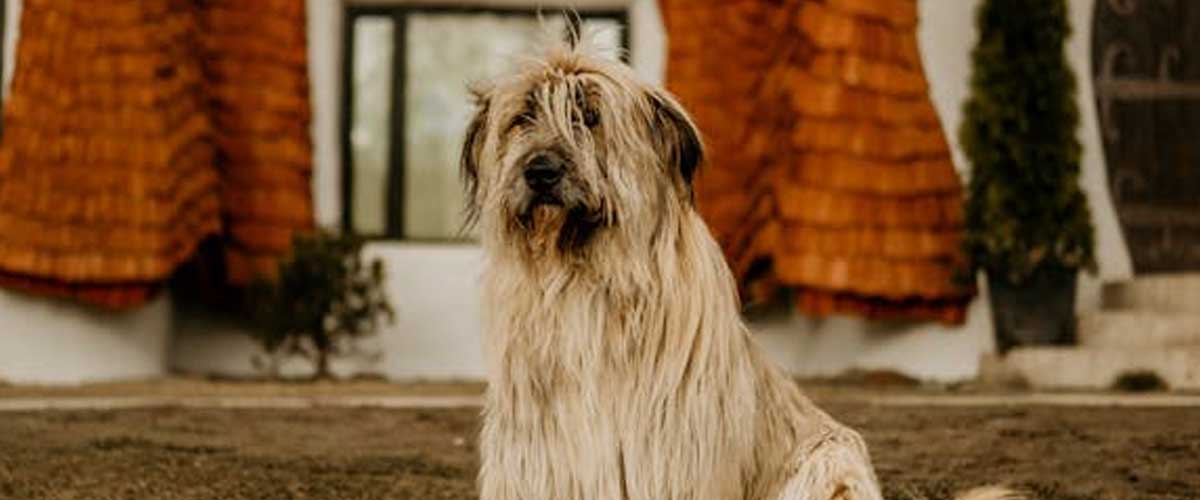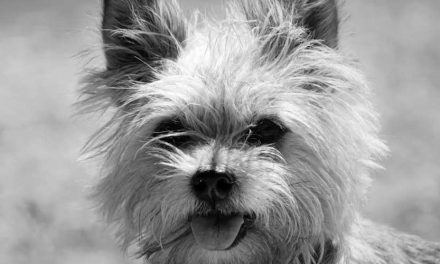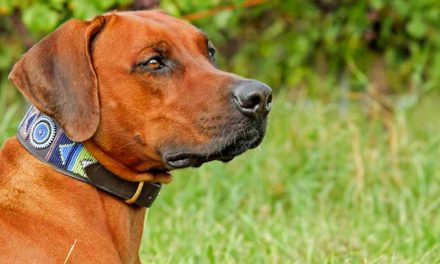The Briard, a breed steeped in history and character, originates from France and has earned a reputation as a devoted, intelligent, and versatile dog.
Known for its sheep herding heritage, the Briard combines strength and agility with a gentle temperament, making it an excellent family pet and working dog.
History and Origins
The Briard dates back to at least the 8th century, with its roots intertwined with French shepherds who relied on these dogs for herding and protecting livestock.
Historians believe the breed may share ancestry with various shepherd dogs from Europe, particularly the Belgian Tervuren and the German Shepherd.
The breed was officially recognized in France in 1897, and it was further formalized with a standard set by the Fédération Cynologique Internationale (FCI).
Physical Characteristics
One of the most striking features of the Briard is its long, flowing coat, which can come in various colors including black, tawny, or brown.
The breed has a sturdy build, with males standing between 23-27 inches tall and females slightly smaller.
Their distinctive shaggy coat not only adds to their charm but also provides protection from harsh weather.
A Briard’s expressive eyes and distinctive ear set give them an intelligent and alert appearance that reflects their keen nature.
Temperament and Personality
Briards are renowned for their loyalty and affection towards their families.
They form strong bonds with their owners and are known to be protective, making them excellent watchdogs.
While they possess a naturally affectionate demeanor, early socialization and training are key to ensuring they are well-adjusted and friendly around strangers and other pets.
Their intelligence enables them to learn commands and tasks quickly, which is why they often excel in obedience training and dog sports.
Despite their working dog heritage, Briards are known for their calm disposition when provided with appropriate exercise and mental stimulation.
They thrive in active households where they can participate in family activities, whether it’s hiking, playing fetch, or participating in dog sports.
Care and Maintenance
Briards require regular grooming due to their long, thick coat.
Weekly brushing is essential to prevent matting and to keep their fur healthy and clean.
Bathing should be done as needed, and it’s crucial to monitor their ears for any signs of infection, given the way their ears hang down.
As a breed that enjoys being active, Briards require daily exercise to keep them physically fit and mentally stimulated.
Regular walks, play sessions, and opportunities for off-leash exercise in safe environments are important for their well-being.
Without adequate physical activity, Briards may become bored, leading to destructive behaviors.
Health Considerations
Like all breeds, Briards are predisposed to certain health conditions, including hip dysplasia and progressive retinal atrophy.
Regular veterinary check-ups and maintaining a healthy diet can help mitigate these risks.
Lifespan can vary but typically ranges from 10 to 12 years, with proper care and attention to health.
Conclusion
The Briard is an exceptional breed that offers a unique combination of intelligence, loyalty, and versatility.
They are well-suited for families looking for a loving companion who can also engage in various physical activities.
With the right training, socialization, and care, the Briard can be a treasured member of the family, bringing joy and companionship for years to come.
Whether herding sheep or lounging on the couch, the Briard’s heartwarming presence is sure to enrich the lives of those around them.









